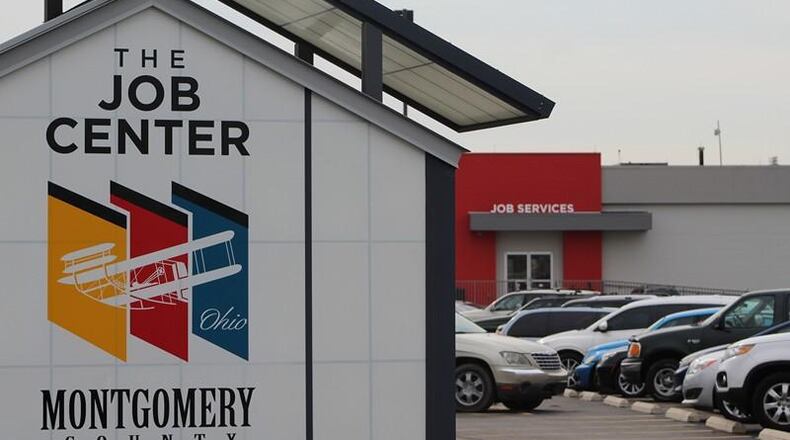Meanwhile, people holding “essential” jobs — putting them at higher risk of COVID exposure — are more likely to be minorities and are paid 13% less, on average, than other workers, the report says.
Michael Shields, researcher at the left-leaning group and the report’s lead author, argues that to address this, Ohio should increase the minimum wage to $15 an hour, encourage union participation and maintain government stimulus.
“For years, certain politicians and some of the corporate interests that back them have divided us by race for their profit,” he said.
“They held down working people’s wages and attacked the right to join a union. Over the past year, we’ve seen how government action can rebuild power for working people and protect people’s wellbeing. Ending those efforts prematurely would leave many Ohioans behind.”
Greg Lawson, research fellow at the conservative Buckeye Institute, agrees that the pandemic disproportionally impacted low-wage, female and minority workers. But he disagrees on what should be done about it.
He noted that massive federal stimulus has fueled inflation concerns, and argued that raising the minimum wage would hinder job growth.
“At some point, you’re going to have to find a solution that doesn’t rely on throwing money at the problem,” he said.
Lawson suggested investing in workforce development and eliminating employment hurdles such as some professional licensing requirements.
Things both sides agree on are a need to offer reliable, affordable childcare and bring COVID under control.
Shields said one reason you see so many job postings going unfilled even though there are fewer jobs available is roughly 295,000 Ohioans dropped out of the workforce. Many of these are women who left work to take care of children, or people afraid to return to work because of COVID.
Stephanie Keinath, vice president of strategic initiatives at the Dayton Area Chamber of Commerce, said the local workforce shortage is real.
She echoed the need for childcare and career training, and praised local programs such as a Montgomery County re-entry program.
“New opportunities are emerging every day that will allow us to transform our region’s workforce, whether it’s by expanding apprenticeships to industries that have not traditionally considered this model of training or working with local and state agencies to tackle the challenge of the benefits cliff, employers are not standing on the sidelines of this conversation,” she said.
A reporter visited the Montgomery County Job Center on Friday to talk to local residents about their experience over the past year. Several women were there for nursing training, and said working in the healthcare field last year was stressful, but insulated them from the economic impact of the pandemic.
Tony Coalt of Lewisburg was laid off for two months last year from his job at an auto parts manufacturer in Eaton because of COVID shutdowns. He said government assistance such as unemployment and stimulus all came too slowly to be helpful.
“I was so bad off on money because of that, I actually had to sell my guns for food,” he said.
Denise Allen of Dayton said she did temp work serving food at events before the pandemic, but that work disappeared. She said there were few jobs in her Salem Avenue neighborhood before the pandemic, and now there are even fewer. And while lots of places say they are hiring, she said the vast majority don’t pay enough to make a living.
“You all forgot about millions of us out here,” she said. “The food service business is dead here. There’s nowhere for people to work. There’s hundreds of us out here. Even if you want to get one of them little jobs, there’s nowhere to go and make money.”
About the Author



